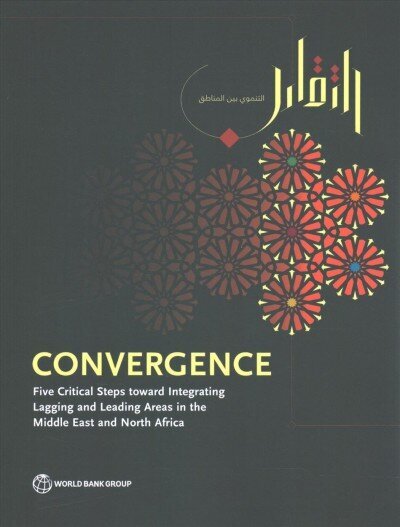
| Autor: | Somik V. World Bank, Ayah International Finance Corporation |
| Lehekülgede arv: | 227 |
| Ilmumisaasta: | 2020 |
| Kauba ID: | 15352384 |
This report presents the five roots of spatial inequity in institutional inefficiencies across MENA urban regulatory frictions, credentialist education systems, centralized control over local public services, barriers to the spatial mobility of goods and people, and barriers to market entry and lop-sided business environments.
Policymakers across the Middle East and North Africa (MENA) have long tried to integrate their people spatially and economically. Wishing to bring communities together and narrow economic gaps, governments have made large capital investments in transport corridors and "new cities." Hoping to provide jobs in places with little economic activity, governments have designated new industrial zones supported by spatially targeted business incentives. Yet the results of these place-based initiatives in MENA are limited. The disparities between capital cities and lagging areas, and between richer and poorer quarters of cities, remain stark. Across much of the region, a fortunate few are connected to opportunity, while many more people are marginal to the formal economy--or live outside it, seemingly forgotten. Why have place-based spatial initiatives in MENA countries largely underdelivered not yielding more sustainable jobs and growth? While the challenges are many and vary across the region, this report explains that many of these place-based policies get one thing wrong: they attempt to treat inequity’s spatial and physical symptoms, not its causes. This report presents the five roots of spatial inequity in institutional inefficiencies across MENA urban regulatory frictions, credentialist education systems, centralized control over local public services, barriers to the spatial mobility of goods and people, and barriers to market entry and lop-sided business environments within cities, within countries, and across national borders. It proposes five transitional steps toward enabling convergence informed by economic geography.
| Kauba ID: | 15352384 |
| Kategooria: | Majandusalased raamatud |
| Tootepakendite arv: | 1 tk. |
| Paki suurus ja kaal (1): | 0,03 x 0,22 x 0,28 m, 0,3 kg |
| Kirjastus: | World Bank Publications |
| Raamatu keel: | Inglise keel |
| Kaane tüüp: | Pehme |
| Vorming: | Traditsiooniline raamat |
| Tüüp: | Majandusteadus |
| Raamat väljavõttega: | Ei |
| Autor: | Somik V. World Bank, Ayah International Finance Corporation |
| Lehekülgede arv: | 227 |
| Ilmumisaasta: | 2020 |
Toodete pildid on illustratiivsed ja näitlikud. Tootekirjelduses sisalduvad videolingid on ainult informatiivsetel eesmärkidel, seega võib neis sisalduv teave erineda tootest endast. Värvid, märkused, parameetrid, mõõtmed, suurused, funktsioonid, ja / või originaaltoodete muud omadused võivad nende tegelikust väljanägemisest erineda, seega palun tutvuge tootekirjeldustes toodud tootespetsifikatsioonidega.
*Konkreetse Müüja pakkumiste suhtes kehtivad tingimused, mis on Müüja määranud antud kauba jaoks ja kogu kaubas sisalduva teabe (sealhulgas ka hinna) eest vastutab Müüja.